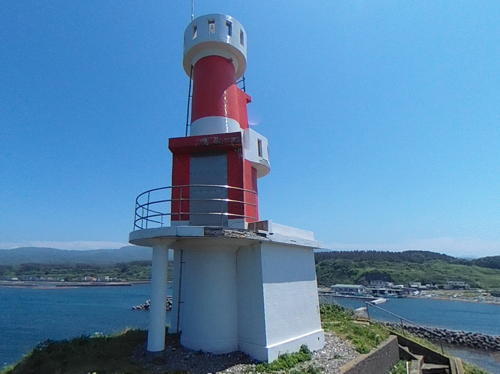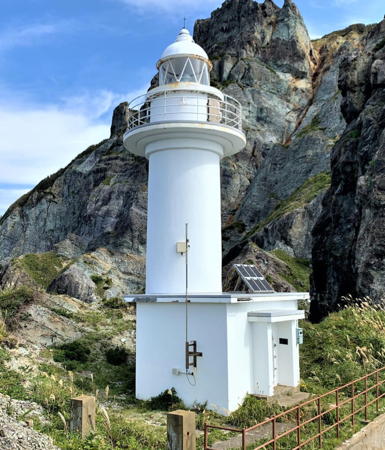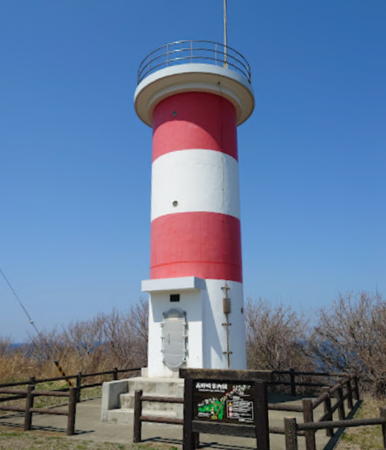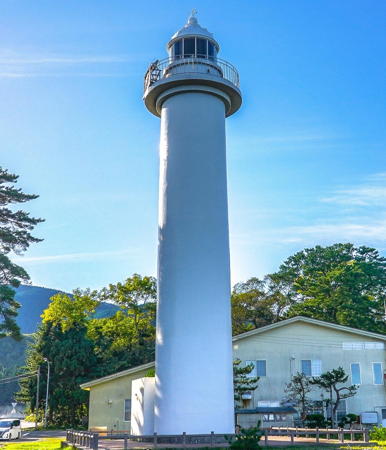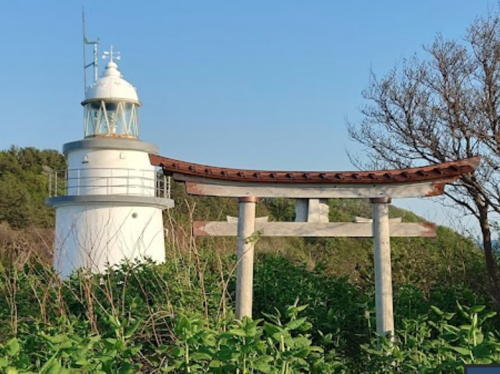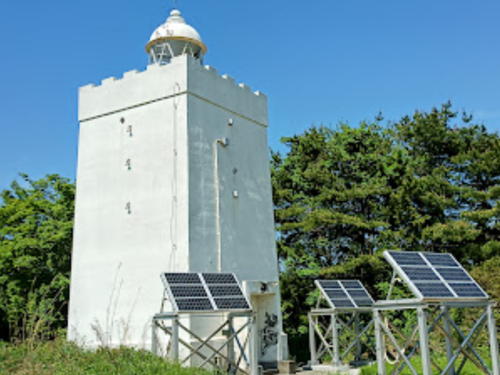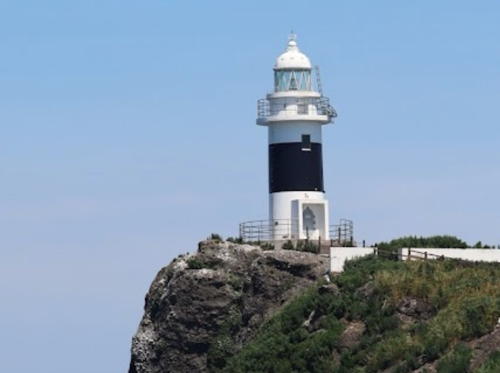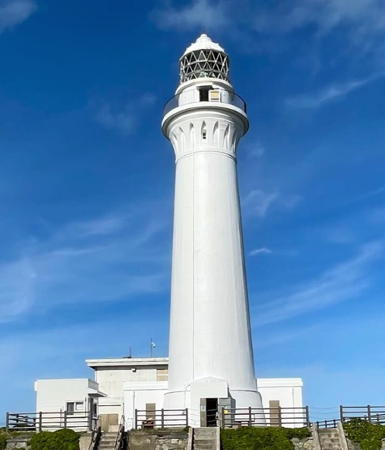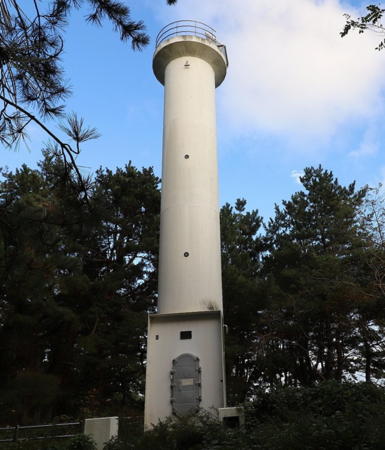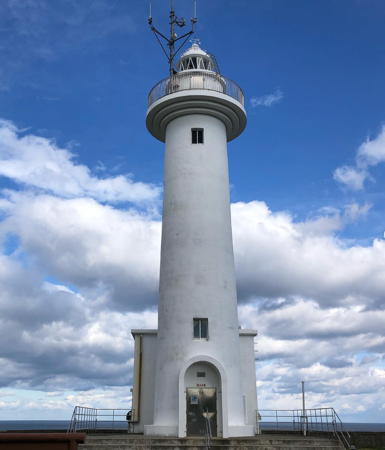The nation of Japan, known in Japanese as Nihon or Nippon (日本), occupies an archipelago off the east coast of Asia. The four main islands are Hokkaidō in the north, Honshū (the largest) in the center, Shikoku in the south, and Kyūshū in the southwest. The country includes thousands of other islands of all sizes; among them the Ryūkyū (Nansei) Islands are a long chain extending to the southwest and including the large island of Okinawa, and the Nanpō Islands are another long chain extending south into the Pacific Ocean. Much of Japan is mountainous but the coastal regions are densely populated and urbanized; the country's population is about 126 million.
Japan is divided into 47 prefectures. This page describes lighthouses of Aomori Prefecture, located at the northern end of Honshū. Aomori faces Hokkaidō across the Tsugaru Strait, connecting the Sea of Japan on the west to the open Pacific Ocean on the east. This scenic coastline includes several of Japan's most famous lighthouses.
The east coast of Aomori Prefecture was impacted heavily by the great earthquake and tsunami of 11 March 2011. Most of the lighthouses are high enough above the sea to escape the tsunami; they were damaged by the earthquake but were returned to service quickly. Many harbor lights, however, were damaged or destroyed by the tsunami.
In Japanese the word for a lighthouse is tōdai or toudai (灯台). The words saki and misaki are for capes and headlands, hana ("nose") is a promontory, hantō is a peninsula, shima (also spelled sima or jima) is an island, bae is a reef, iwa or shi is a rocky reef, amase or se is a shoal, wan is a bay, nada is a sound or basin, kaikyō is a strait, kawa is a river, and kō or minato is a harbor.
Lighthouses in Japan are operated and maintained by the Japanese Coast Guard's Maritime Safety Agency. On Honshū there is usually one Coast Guard Section Office in each prefecture. Aomori Prefecture has such a long coastline that it has two section offices, one in Aomori and one in Hachinohe.
A note on the Sea of Japan/East Sea controversy: The Directory takes no side in any international dispute; it makes use of the terminology, names, and spellings as they currently exist in each area covered. The sea between Japan and Korea is called the Sea of Japan on the pages for Japan and the East Sea on the pages for Korea.
ARLHS numbers are from the ARLHS World List of Lights. JCG numbers are the Japanese Coast Guard's light list numbers. Admiralty numbers are from volume M of the Admiralty List of Lights & Fog Signals. U.S. NGA List numbers are from Publication 112.

Tappi Saki Light, Sotogahama, May 2021
Google Maps photo by Ken Tanoue
